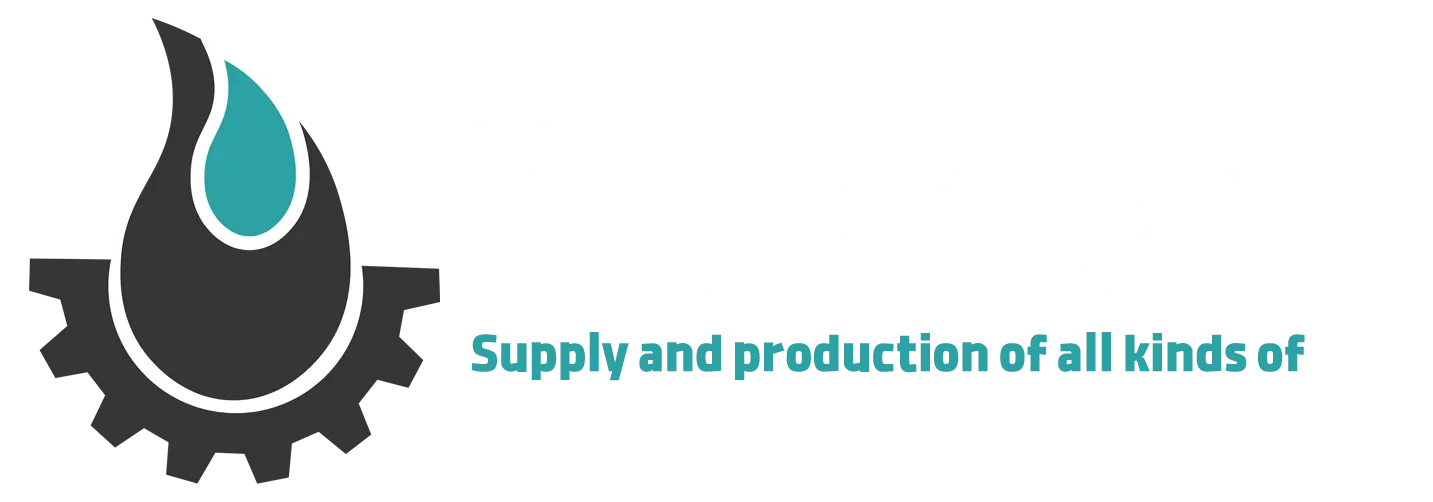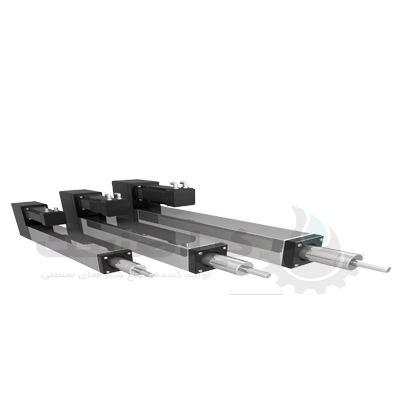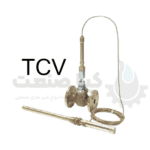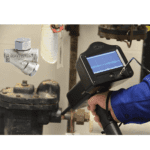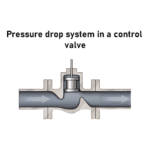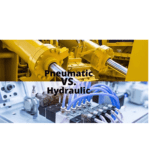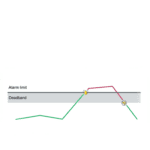What is a linear actuator?
A linear actuator or linear actuator is a device for converting rotary motion into linear push or pull motion that can be used to lift, drop, slide or tilt machines or…
They provide safe and clean motion control that is efficient and maintenance free.
These electric linear actuators use a DC or AC motor with a series of gears and a lead screw to push the main rod shaft.
The difference between the drives is determined by the size of the motor, which can range from 12V DC to 48V DC.
Static and dynamic are load capacity variables for a linear actuator.
Dynamic load capacity is the amount of force that is applied when the actuator moves. Static load capacity is when the actuator is motionless and holds the load in place.
This adhesive applicator in the diagram uses an actuator to repeatedly apply an adhesive, which was previously a manual operation.
Types of linear actuators
1- Mechanical actuators
Mechanical actuators are the simplest form of actuators that convert rotary motion into linear motion. Ball screw actuators, head, rack and pinion, belt axis and cam are placed in the mechanical category.

2-Hydraulic actuators
Hydraulic actuators are hydraulic cylinders with pistons that use an incompressible fluid to exert unbalanced pressure on a piston to produce linear displacement.
In the hydraulic actuator of the picture, the fluid under pressure enters through the port on the left side of the chamber and exerts pressure on the piston plate. When the pressure on the fluid is released, the piston moves back to the left.
3-pneumatic actuators
Pneumatic actuators produce low to medium force quickly and are used as servo devices. Pneumatic linear actuators use compressed air to convert energy into mechanical motion. They consist of a piston, cylinder and valve or port that can produce linear or rotary mechanical movement.
4-Piezoelectric actuators
Piezoelectric actuators use the piezoelectric effect, which is electricity generated by pressure and latent heat that results in an electromechanical interaction between mechanical and electrical states.
Piezo actuators have multiple layers of ceramic-like piezo elements that combine the expansion effect of each element to create motion.
How does a linear actuator work?
A linear actuator actuates or moves in a straight line. Although the basic function of an actuator is the same.
There are many ways to achieve movement.
Applications of linear actuators range from wheelchair ramps to toys and technological tools to spacecraft.
The operation of an actuator is relatively simple.
Depending on the performance required, a screw such as a lead screw, ball screw, or roller screw is used and rotates clockwise or counterclockwise, which causes a nut to move on the screw to create linear motion.
Ball screws are ideal for fast, dynamic applications that require precise positioning, while roller screws are best for high forces.
The screw movement of a linear actuator can be seen in this diagram. The motor, above the actuator, supplies the energy needed to turn the screw.
The power source is from a DC or AC motor.
A typical motor has a voltage range of 12V DC to 48V DC, and other voltages are available.
DC brush drives have a switch to reverse the polarity of the motor, which causes the drive to change its motion.
Servo motors and stepper motors require control electronics to switch the motor with rotor feedback required for BLDC commutation and servo motors using Hall effect sensors or encoders.
Control electronics for an actuator can be available externally or internally.
The speed and driving force depends on its gearbox. The amount of force depends on the speed of the operator. A gearbox that reduces drive speed provides more power because there is a correlation between speed and power.
One of the basic differences between actuators is their stroke, which is determined by the length of the screw and shaft. The speed depends on the gears that connect the motor to the screw.
The mechanism for stopping the movement of an actuator includes micro or limit switches, encoders, linear potentiometers and LVDTs.
A microswitch can be seen in the image below.
Microswitches are located at the top and bottom of the shaft and are activated by moving the screw up and down.
Components of a linear actuator
Linear actuator energy source
It is an AC or DC motor that provides the energy needed to drive the actuator. Although electricity is the most common source of energy, air and fluid energy are also used.

Linear actuator power converter
The power converter supplies the power from the source to the actuator using the measurements of the controller. Examples of industrial power converters are hydraulic proportional valves and electric inverters.
activator
The driver is the real device.
Mechanical load
The load driven by the actuator.
Load capacity is determined by a mathematical formula or load capacity diagram.
Loads are calculated for vertical and horizontal configurations as well as movement along the X and Y axes. An actuator has two types of loads.
Static and Dynamic Static is when the actuator is stationary, while dynamic is when it is moving. Each type of load has a capacity range.
controller
The controller ensures the correct operation of the system. This allows the operator to enter values and setpoints.
Phase Index™ sensor
A new development in actuator sensor control is the Phase Index sensor, which is a positioning sensor for electromechanical actuators.
It is a high-speed, high-resolution, non-contact digital position sensor that is resistant to vibration, shock, particulate matter and moisture.
As a self-calibrating sensor, it does not require backup power to maintain actuator position when turned off, making the actuator available immediately after power-up.
The power index sensor uses the phase relationship between two cyclic signals with different periods to calculate the position.
The main advantage of this patented mechanism, apart from its stunning accuracy, is its ability to function in the harshest and most stressful weather conditions.
Conclusion
In general, actuators are one of the most important parts of the industry.
Kiasanat is a supplier of all kinds of actuators, Alfa Air actuators, Samson actuators, ECO AIR actuators, Rotork actuators, etc.
